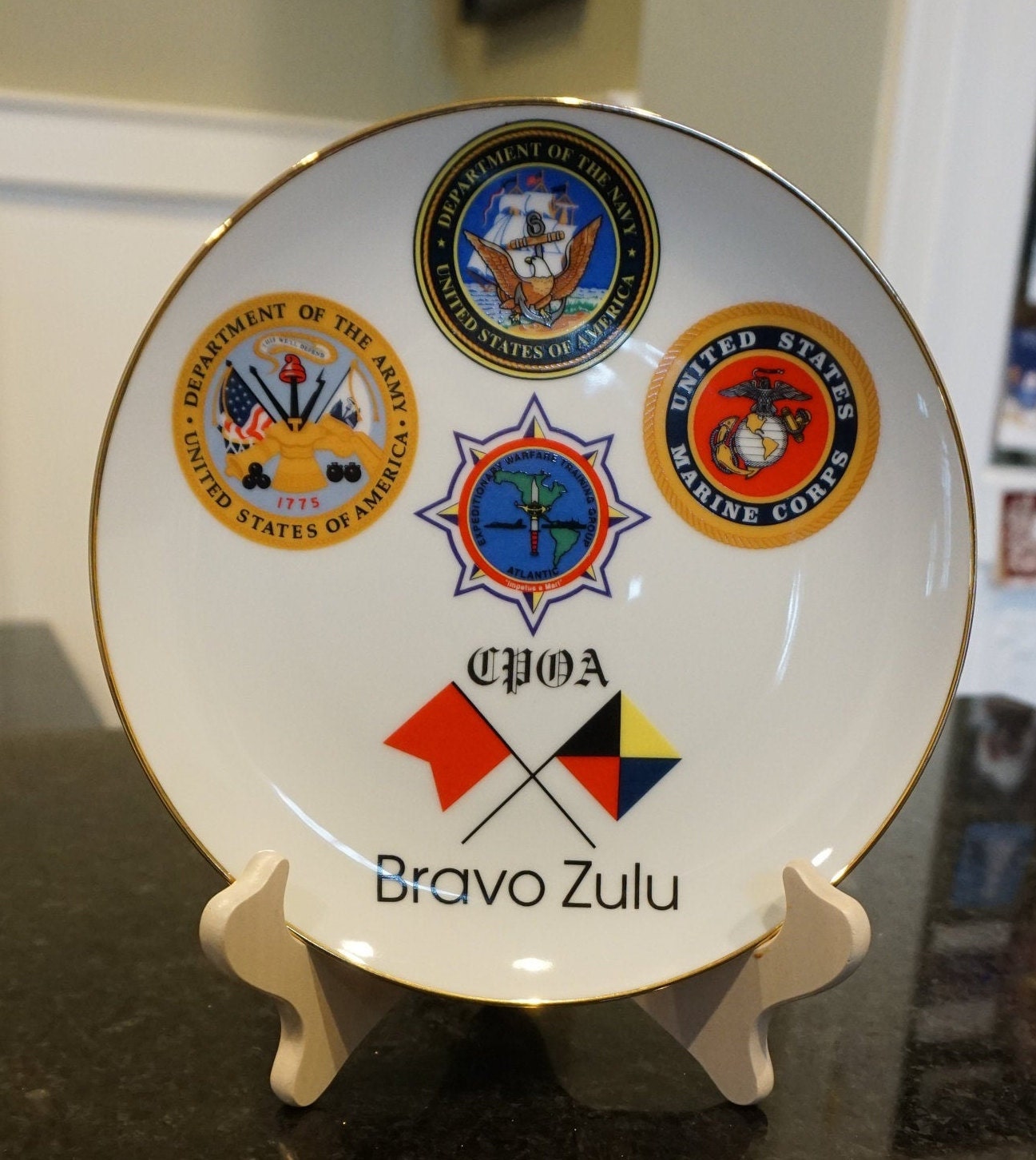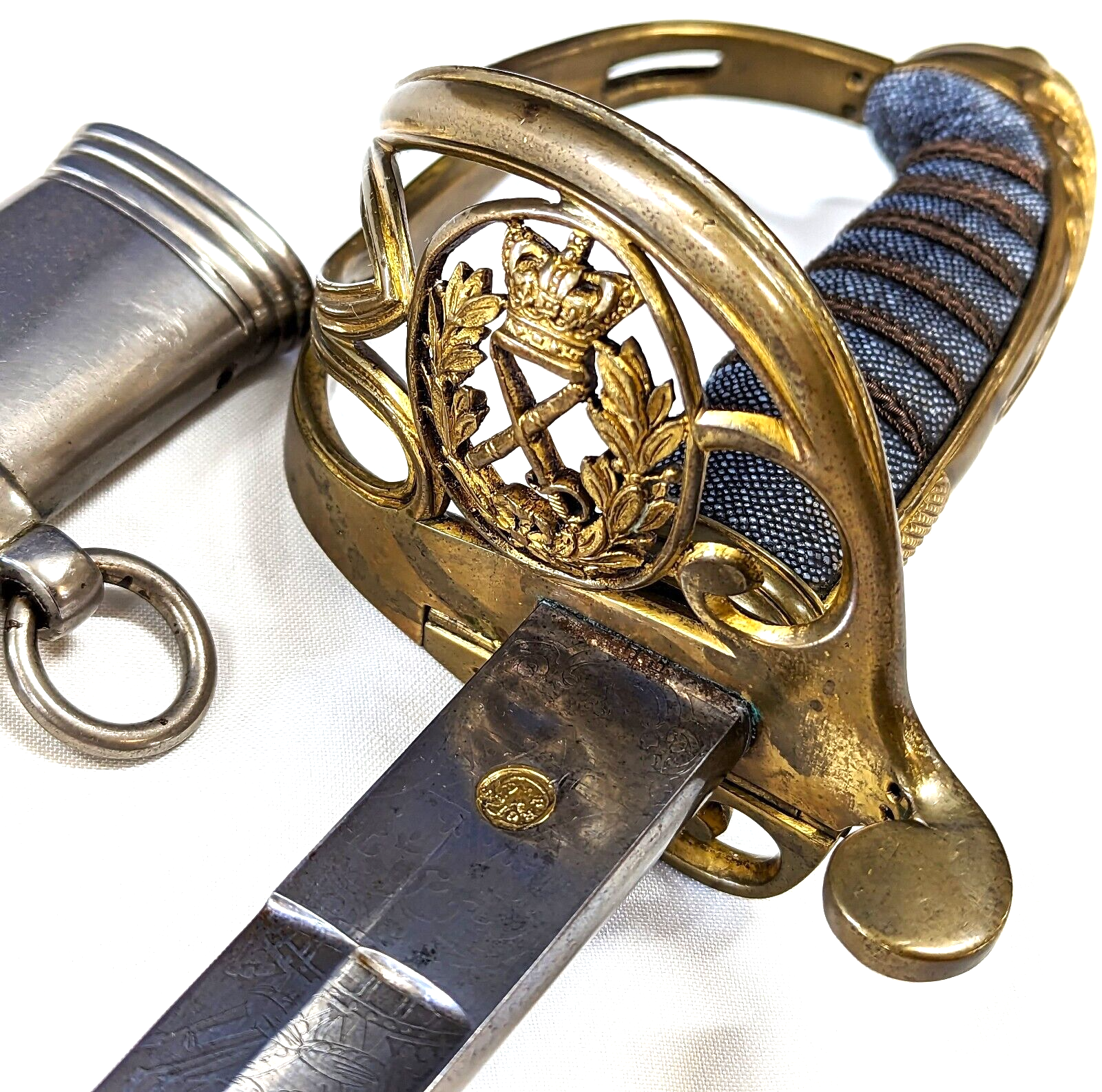Zulu Military - In 1879, the British went to war with the Zulu kingdom. The Zulus resisted him bravely and were defeated only after a bloody battle in the annals of colonial wars.
In 1877, Lord Carnarvon, Secretary of State for Colonies, wanted to increase British influence in South Africa by creating a federation of British colonies and Boer republics. To carry out his plan he appointed Sir Bartle Frere as the British High Commissioner there.
Zulu Military
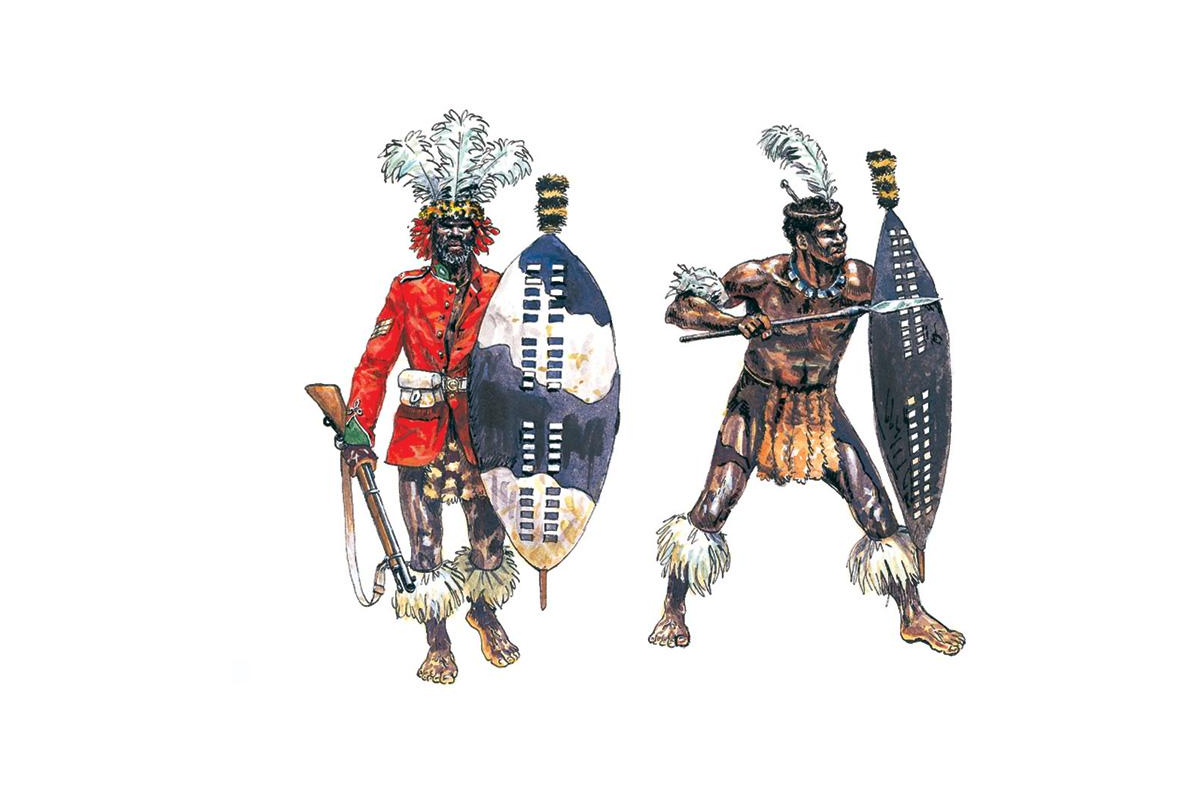
Carnarvon's policy required Freire to rule a warrior state on the border of Zululand, Natal and the Transvaal. King Cetshwayo rejected Ferrere's demands for federalism, or disbanding his Zulu army, as it would mean losing his power.
British Army Soldier (anglo Zulu War)
Lord Chelmsford divided his attacking force into three columns. He planned to encircle the Zulus and force them to fight before capturing the royal capital Ulundi.
The right column moved into Zululand near the mouth of the Tugela River to secure the missionary station at Eshowe as a base. The left column entered Zululand through the Transvaal and made for Utrecht.
Finally, the center column under Chelmsford crossed the Buffalo River to meet the Zulu army at Roarke's Drift Mission base.
'If I am called upon to act against the Zulus, I will ... show them how hopelessly inferior we are in battle, though numerically superior.' Lord Chelmsford, 1878
Fascinating Facts About The Zulu's Victory Over The British At The Battle Of Isandlwana
Fearing a British invasion, Setshwayo began buying guns before the war. The Zulus now had thousands of old muskets and many modern guns. But their warriors are not properly trained in their use.
Most Zulus went into battle with shields and spears. However, he still showed strong opposition. They were brave under fire, skillfully handled and skilled in hand-to-hand combat. Most of the battles fought during the war depended on whether the British force could protect the Zulus.
'Go slowly, attack in the morning and eat the red soldiers.' King Cetshwayo orders his troops at Isandalwana, 1879

On 22 January 1879, Chelmsford set up a temporary camp for his column near Isandalwana, but neglected to strengthen the defenses around his vehicles. After receiving intelligence that part of the Zulu army was nearby, he led part of his army to find them.
Engraving Of A Muster Of Zulu Warriors Preparing For An Attack From British Forces During The The Anglo Zulu War In 1879 Between The British Empire And The Zulu Kingdom Stock Photo
More than 20,000 Zulus, the largest part of Cetshwayo's army, then made a surprise attack on the fortifications at Chelmsford. Fighting in a line too wide and too far from their guns, the British were overwhelmingly outnumbered. Most of their 1,700 troops were killed. Materials and equipment were also seized.
The Zulus won the biggest victory of the war and Chelmsford was left with no choice but to retreat. The Victorians were shocked to hear that their army had been defeated by the 'Age of the Spear'.
After their victory at Isandalwana, about 4,000 Zulus marched towards Rorke's Drift, where a small British force drove them back for 12 hours. Although greeted with British morale, the overall campaign was not a siege.
After Colonel Charles Pearson's right column defeated 6,000 Zulus at Nyazen, it captured the base of Eshowe, but was besieged by the Zulus for two months.
On Campaign With The British Army In The Zulu War Of 1879
On learning of Isandalwana's fall, Colonel Evelyn Wood's left column built a fort near Khambula. His men were the only effective British forces left in Zululand.
Chelmsford began preparations for a second invasion of Zululand. The same day news of Isandalwana's defeat reached London and aid was sent to South Africa.
Chelmsford ordered Wood's column to distract the Zulus in a diversionary attack near Hloben, while he moved to relieve Eshowe. Wood was forced to retreat, but he drove the Zulus back to Khambula where his men dug in.

A column of timber, firing from entrenched positions, drove back over 20,000 Zulus from Khambula. Their concentrated fire killed about 3,000 Zulus. As the Zulus retreated, the cavalry turned their retreat into battle. Khambula was a blow to Zulu morale.
The Zulu War 1879: No. 56 (essential Histories): Amazon.co.uk: Knight, Ian: 9781841766126: Books
Eshowe was evacuated after emergency services arrived in Chelmsford. At the end of the month, most of Chelmsford's men returned to Natal, where preparations were made for a second invasion of Zululand.
The British government was concerned about the lack of military progress and potential threats from the Zulu in British territory in Natal. Orders were issued to replace Lord Chelmsford with Sir Garnet Wolseley.
The Zulus knew that Chelmsford was planning another invasion and King Setshwayo sent emissaries to negotiate peace. But Chelmsford, eager to be freed before his replacement arrived, ignored Cetshwayo's pleas and attacked again in late May 1879. Despite supply problems and constant warfare, his formidable army made steady progress.
The French royalist, Louis-Napoleon – who was exiled to England after his father was deposed in 1870 – served on Lord Chelmsford's staff during the war.
Zulu War 1879: Twilight Of A Warrior Nation (pre Owned Paperback 9781855321656) By Ian Castle, Ian Knight
It was only after his mother, Eugenie, and Queen Victoria interceded with him that he was allowed to travel to South Africa. But it was a strict requirement to protect against danger.
He was ambushed and killed near Ulundi on 1 June 1879, having gone on patrol without being fully protected. 18 spear wounds were found on his body. It also had to be cleaned regularly. His death caused an international uproar.
On 4 July, Chelmsford assembled 5,000 troops in a large square in front of Cetshwayo's capital at Ulundi. About 20,000 Zulus attacked in their usual formation. But faced with Gatling guns and artillery, their gallant charge soon failed. The cavalry then chased the survivors off the field.

About 6,000 Zulus were killed and 10 were killed and 87 wounded. The British were so impressed by their bravery that they built a monument to the Zulus next to them at Ulundi.
Blood & Steel Bundle Anglo Zulu War » Firelock Games
After the Battle of Ulundi, King Cetshwayo was hunted down and captured. The Zulu Empire was suppressed and Zululand was divided into independent territories. Cetshwayo's property was confiscated and he was exiled to Cape Town and then to London.
While the king was away, a civil war broke out. In 1883, the British tried to restore order by restoring Cetshwayo to his throne. However, his strength was now greatly reduced and he died the following year.
Field Marshal Frederick Sleigh Roberts was one of Britain's greatest military commanders of the 19th century, winning the Second Afghan War and reviving the British campaign in the Boer War.
The battle took place on 22-23 January 1879. A large army of Zulus attacked a small British outpost, but were finally repulsed after more than 12 hours of fighting.
Perry Miniatures British Infantry Zulu War 1877 81 28mm Figures
The 'Battle of Isandalwana' is one of our most popular artworks. But before it goes on display again, the iconic painting needs some TLC: lovingly preserved!
The 1868 campaign to Abyssinia (present-day Ethiopia) was one of the most ambitious and expensive military campaigns undertaken by the British Army.
British forces occupied Egypt in 1882 to protect the Suez Canal and British economic interests. This led to further intervention in neighboring Sudan, where two wars against rebel Islamist tribes were fought in the hostile desert.
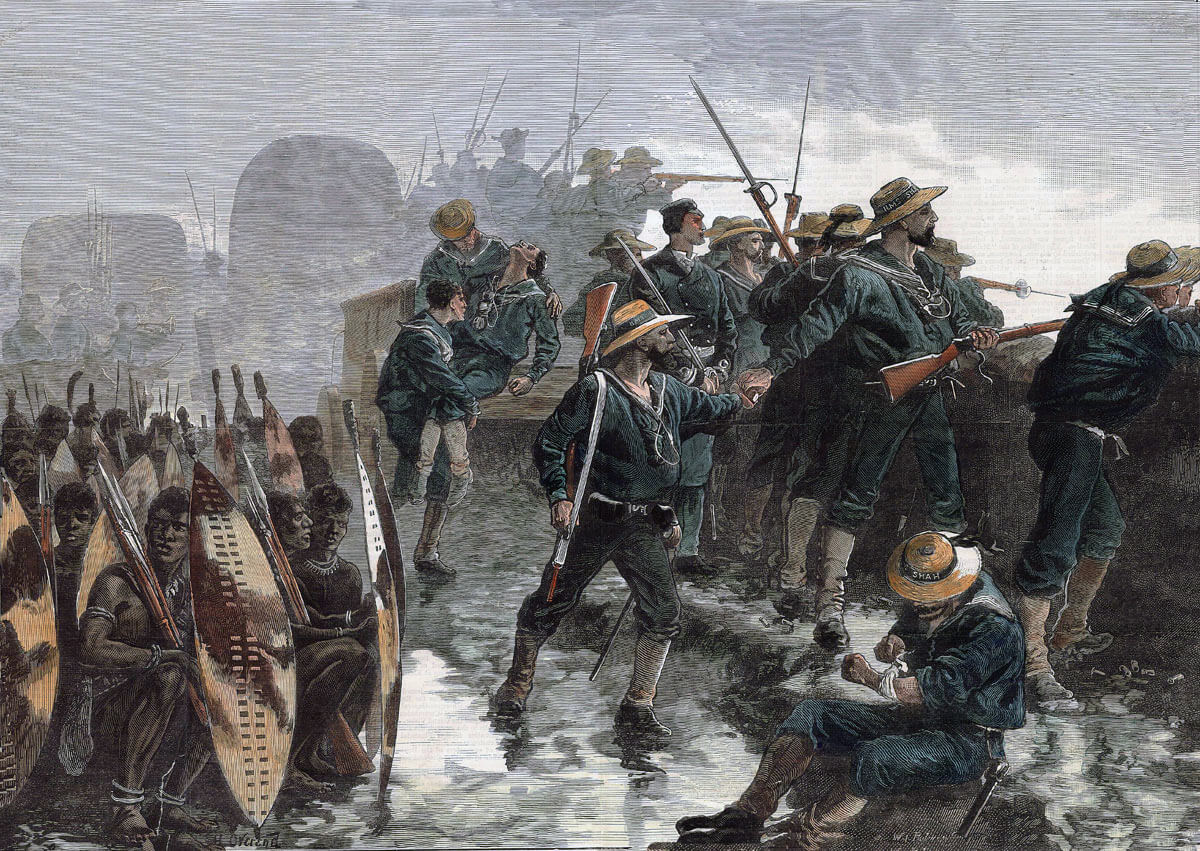
Field Marshal Garnet Wolseley won important victories in several colonial campaigns. All is well with the improvement of his spirits and attention to the phrase 'All Sir Garnet.' Famous for the bloody battles of Isandalwana and Rorke's Drift, the Anglo-Zulu War of 1879 saw more than 15,000 British troops invade the independent nation of Zululand in present-day South Africa.
Anglo Zulu War
The build-up to war began in 1877 when British colonial administrator Sir Henry Frere was sent to Cape Town with the mission of uniting South Africa under a British confederation. However, Freire soon realized that unification of the Boer Republic, independent black states and British colonies could not be achieved until the powerful Zulu Empire on its border was defeated.
Knowing that London did not want to go to war with the Zulus (they were too preoccupied with problems in India and Eastern Europe), Freire turned to Sir Theophilus Shepstone, the new British governor of Natal and the Transvaal, for reasons of invasion. As the soft land of Shepstone bordered Zululand, it formalized how the permanent border of the Zulus would affect the stability of the region. In addition, Shepstone expressed concern about the increasing number of weapons falling into the hands of the Zulus, which increased the case for war.
In December 1878, an ultimatum was sent to Zulu King Cetshwayo, requiring him, among other things, to withdraw his army. Knowing that Cetswayo would never accept these terms, Freire assembled an army under Lord Chelmsford (pictured right) to prepare for an invasion...
9 January 1879 - The center column under Lord Chelmsford moved to Rorke's Drift on the edge of Zululand.
Zulu Starter Army
January 11, 1879 - The deadline passed and three British columns crossed the Buffalo River into Zululand. The central column is heading towards the camp of a Zulu man named Sihayo.
January 22, 1879 - The right column under Colonel Charles Pearson engages 6,000 Zulu troops near the Inzen River.
22 January 1879 - A Zulu force of 25,000 made a surprise attack on the central column of the Isandalwana camp. Chelmsford's column was defeated and the Zulu retreated from the territory.
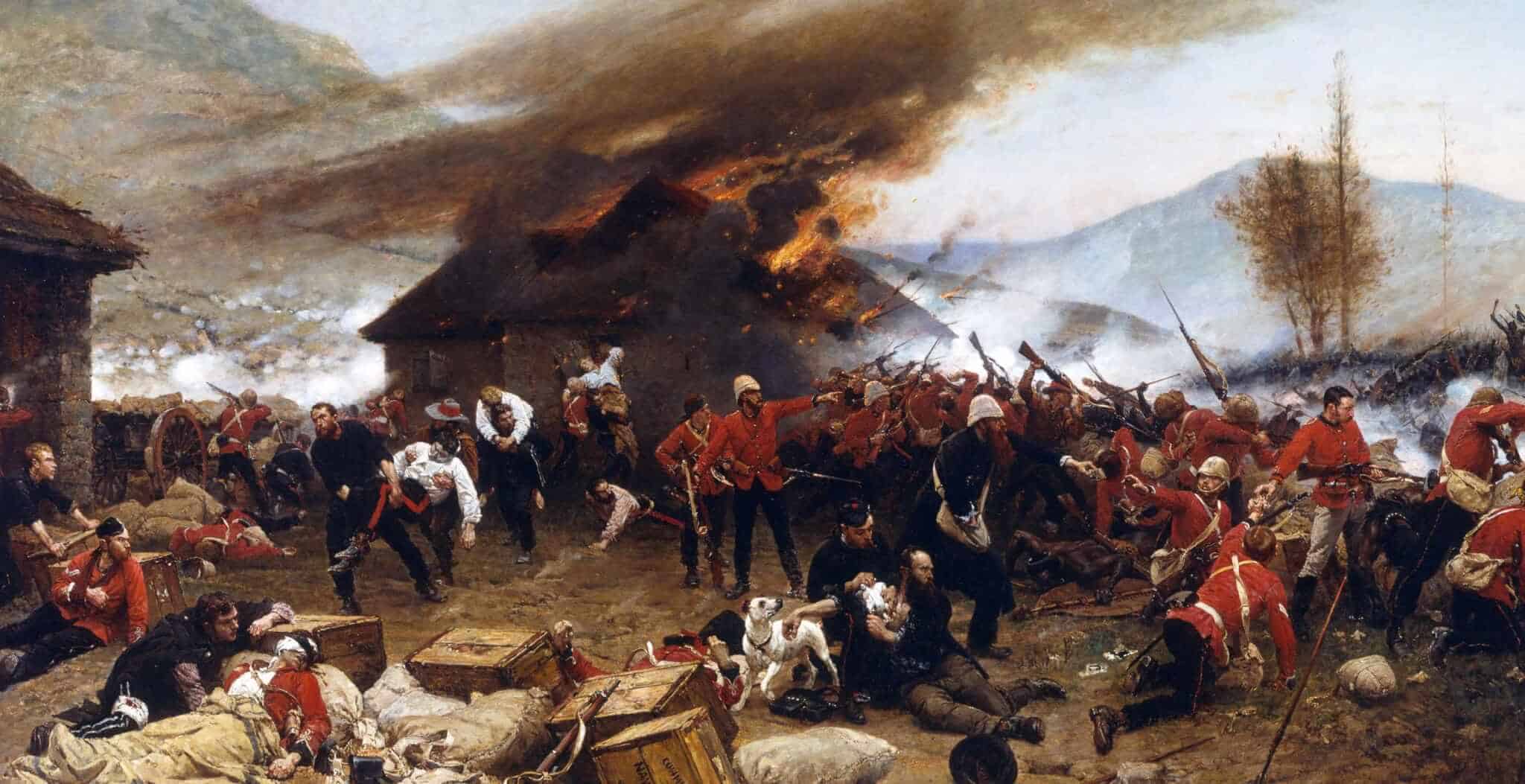
22/23 January 1879 – Zulu Group

